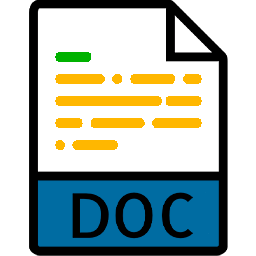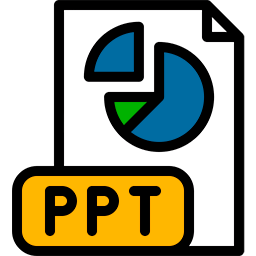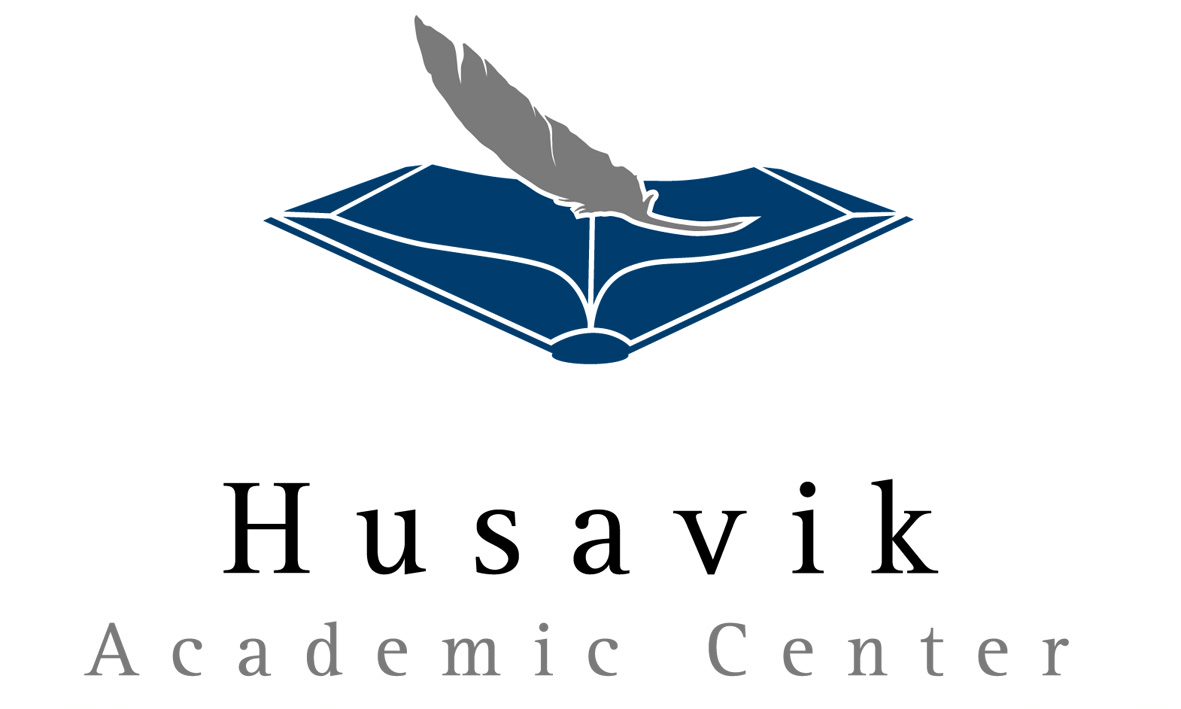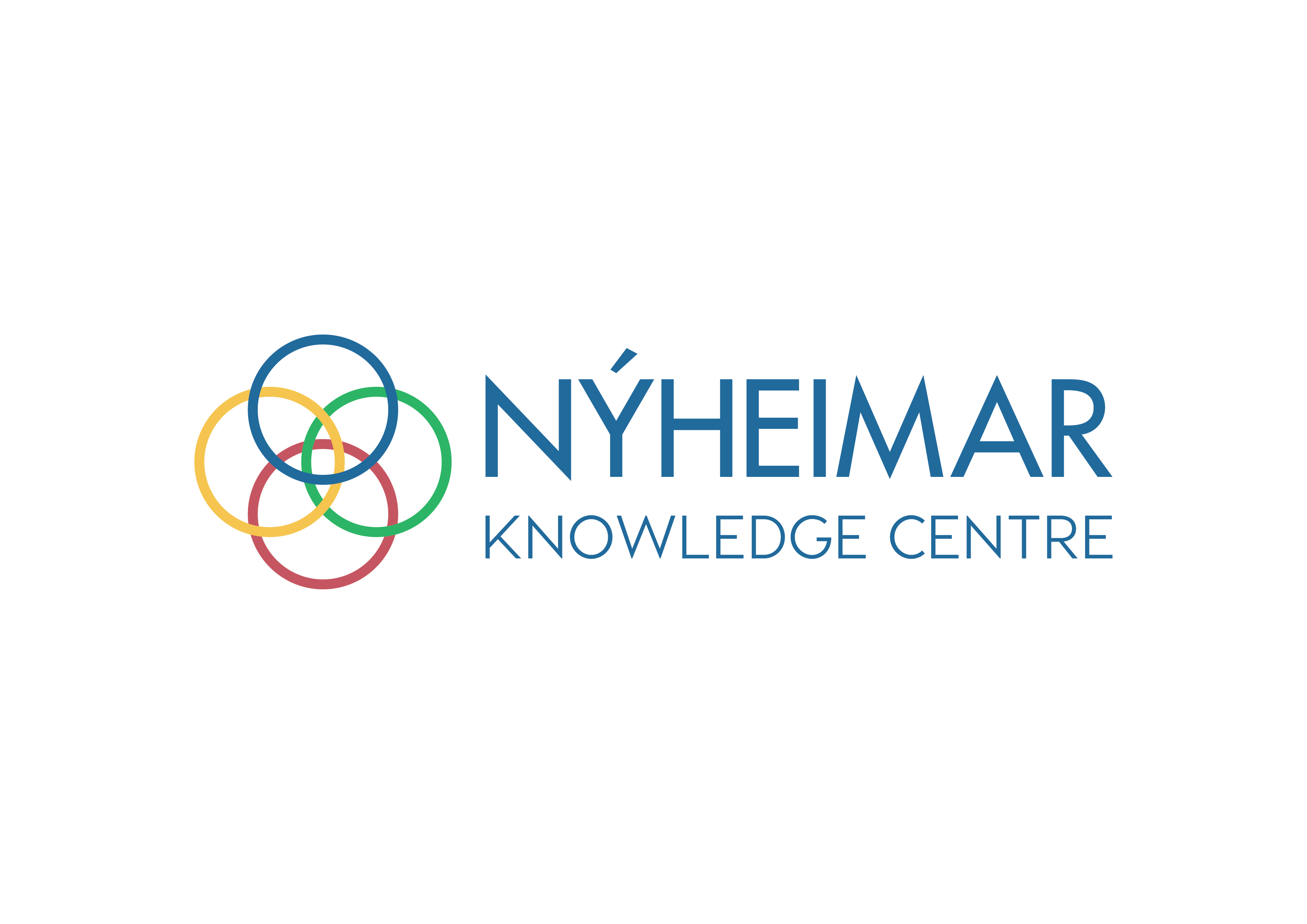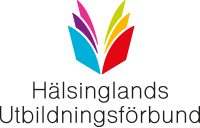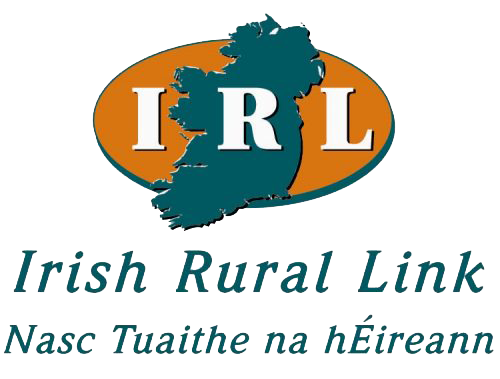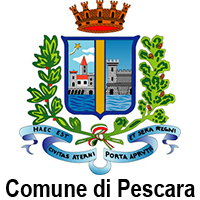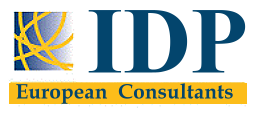|
What is Intangible Cultural Heritage?
Unit IndexClick to read 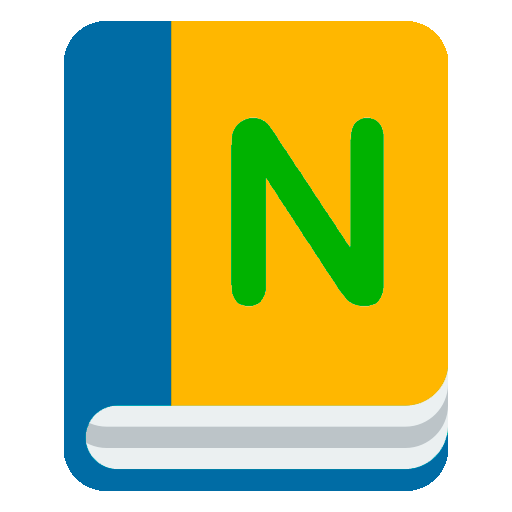
I Definitions of ICH
I The role of UNESCO
I 5 ICH Domains
I Cultural heritage and intangible cultural heritage
I Interesting points of discussion on ICH
Definitions of ICHClick to read 
|
“Intangible cultural heritage includes practices, presentation, expression, knowledge, skills – as well as tools, objects, artefacts and cultural spaces associated with them – that societies, groups and in some cases individuals consider to be their cultural heritage”
Definition of ICH from UNESCO
|
 |
The role of UNESCOClick to read 
 |
“That since wars begin in the minds of men, it is in the minds of men that the defences of peace must be constructed”
UNESCO is the United Nations Educational, Scientific and Cultural Organization. It seeks to build peace through international cooperation in Education, the Sciences and Culture. Moreover, UNESCO has played a vital role worldwide in increasing people´s awareness of ICH.
Now over 180 STATES have ratified the UNESCO Convention for the Safeguarding of the Intangible Cultural Heritage from 2003.
The purposes of the 2003 Convention are:
a)to safeguard the intangible cultural heritage;
b)to ensure respect for the intangible cultural heritage of the communities, groups and individuals concerned;
c)to raise awareness at the local, national and international levels of the importance of the intangible cultural heritage, and of ensuring mutual appreciation thereof;
d)to provide for international cooperation and assistance.
|
A part of the work of UNESCO in collaboration of the member states are done through the Convention Lists:
|
1. List of Intangible Cultural Heritage in Need of Urgent Safeguarding :
|
2. Representative List of the Intangible Cultural Heritage of Humanity:
|
3. Register of Good Safeguarding Practices:
|
|
Composed of intangible heritage elements that concerned communities and States Parties consider require urgent measures to keep them alive.
|
Made up of those intangible heritage elements that help demonstrate the diversity of this heritage and raise awareness about its importance.
|
Contains programs, projects and activities that best reflect the principles and the objectives of the Convention.
|
The Official website of UNESCO on Intangible Cultural Heritage has information about the work of UNESCO but also gives the possibility to see the listed Intangible Heritage in a visual and interactive way: Dive into Intangible Cultural Heritage
5 ICH Domains Click to read 
The ‘Intangible Cultural Heritage’, as defined by UNESCO is manifested in the following domains:
|
(a) oral traditions and expressions, including language as a vehicle of the intangible cultural heritage
|
|
(b) performing arts
|
|
(c) social practices, rituals and festive events
|
|
(d) knowledge and practices concerning nature and the universe
|
|
(e) traditional craftsmanship
|
|
A. Oral Traditions And Expressions, Including Language As A Vehicle Of The Intangible Cultural Heritage
- An enormous variety of spoken forms. Some are common and can be used by entire communities while others are limited to particular social groups.
- Proverbs, riddles, tales, nursery rhymes, legends, myths, epic songs and poems, charms, prayers, chants, songs, dramatic performances and more.
- Oral traditions and expressions are used to pass on knowledge, cultural and social values and collective memory.
|
 |
|
B. Performing Arts
- This can include music, dance and theatre, pantomime, songs and other forms of artistic expression that are passed down from generation to generation.
- They include numerous cultural expressions that reflect human creativity and that are also found, to some extent, in many other intangible cultural heritage domains.
|
 |
|
C. Social Practices, Rituals And Festive Events
- Social practices, rituals and festive events are habitual activities that structure the lives of communities and groups and that are shared by and relevant to many of their members.
- Rituals and festive events often take place at special times and places and remind a community of aspects of its worldview and history.
- Social practices shape everyday life and are familiar to all members of the community, even if not everybody participates in them.
|
 |
|
D. Knowledge And Practices Concerning Nature And The Universe
- Knowledge, know-how, skills, practices and representations developed by communities by interacting with the natural environment.
- Numerous areas such as traditional ecological wisdom, indigenous knowledge, knowledge about local fauna and flora, traditional healing systems, rituals, beliefs, initiatory rites, cosmologies, shamanism, possession rites, social organisations, festivals, languages and visual arts.
|
 |
|
E. Traditional Craftsmanship
- There are numerous expressions of traditional craftsmanship: tools; clothing and jewellery; costumes and props for festivals and performing arts; storage containers, objects used for storage, transport and shelter; decorative art and ritual objects; musical instruments and household utensils, and toys, both for amusement and education.
- The skills involved in creating craft objects are as varied as the items themselves and range from delicate, detailed work such as producing paper votives to robust, rugged tasks like creating a sturdy basket or thick blanket.
|

|
Cultural Heritage and Intangible Cultural HeritageClick to read 
|
The concepts often go hand in hand. Intangible cultural heritage consists of traditions, knowledge and customs that are passed down from person to person and are often intertwined with the tangible cultural heritage such as monuments, costumes, tools, houses.
An example of this interplay are the Icelandic turf houses that are preserved by the National Museum of Iceland. The houses themselves are cultural heritage and the building technique, is intangible cultural heritage, skills that are learned from person to person.
|
 |
Interesting points of discussion on ICHClick to read 
The concept of safeguarding ICH and the work of UNESCO is not above criticism and interesting discussions. Here are a few examples:
- It is natural for culture to develop and change, does the safeguarding of ICH prohibit this?
- If a custom/knowledge/skill needs safeguarding it does not have a role in the culture anymore, it is not sustainable.
- What is considered important enough to be considered intangible heritage and who will decide this?
- Does this discriminate between groups in the society?
- Is some ICH better forgotten?
- To document ICH is not the same as safeguarding it.
- Who decides what is the right way to do things when working with ICH?
- What about heritage that has been forgotten is it okey to revive it?
- Is it possible to own ICH and then what does that mean?
Working with Intangible Cultural Heritage.
Unit IndexClick to read 
I ICH - professional and pastime
I It´s alive
I Where do we start?
I ICH and Tourism
ICH – both professional and pastime activityClick to read 
 |
• It can range from simple everyday traditions up to impressive advanced skills.
• The skills and knowledge can be both used in the private life of individuals and publicly. It is both social and individual activity.
• ICH can also be a part of another service, or the making of a product.
• ICH has often the potential to be a resource for community development.
|
It´s AliveClick to read 
 |
• When working with ICH the term ‘safeguarding’ is used. The emphasises that the idea is to protect elements of ICH, without seeking to freeze them in some pure or authentic form.
• Intangible Cultural Heritage is kept alive and relevant when practised and shared.
• ICH is ever changing and evolving – it is not an item in a museum to admire.
• Every generation will influence it, both with small adjustments or major changes.
• It is creative work but has its foundation in the knowledge that is passed down from generation to generation. Its safeguarding is based on the continuing activities of those with specific knowledge of traditions, skills and customs within communities.
• This can be controversial. Many believe in doing things as they have always been done while other believe in more freedom in working with ICH.
• Therefore both respect and openness can be an important part of working with ICH, for the past and for the diverse and vibrant culture of the present.
|
Where do we start?Click to read 
|
Working with ICH gives the opportunity of verity of professions, part time as well as full time.
If you are already working with ICH these questions could be relevant to you:
• How can you develop your ideas further?
• How can you support and encourage the passing on of knowledge and skills?
• How can you reach people better, tell the story of your ICH?
• How can you improve your service and product?
|
 |
|
If you are interested in working with ICH:
• Compile a list of traditions, knowledge and customs in your community.
• Identify the tradition-bearers and elders in your area.
• Think of how, if you would become good at it, it could give you an opportunity of part time or full-time work.
• Think of how it could give you an interesting pastime activity.
• It is possible to work locally or internationally, across many disciplines.
• Is documenting ICH in your community an interesting option?
• What about celebrating ICH with festivals and commemorations?
|
 |
ICH and TourismClick to read 
“Tourism is a genuine driver of solidarity and development. Let us all fully harness its power to bring people and communities together, abiding by the Global Code of Ethics for Tourism. This way tourism can keep delivering better opportunities and sustainable development for millions across the globe. "
Zurab Pololikashvili,
UNWTO Secretary-General,
August 2020
Tourism is an important option for many working with ICH. In the Global Code of Ethics for Tourism culture acknowledges this:
“Tourism policies and activities should be conducted with respect for the artistic, archaeological and cultural heritage, which they should protect and pass on to future generations...”
“Tourism should be organized in such a way as to enable traditional goods, handicrafts and cultural heritage to flourish, rather than to cause decline and lead to homogeneity”
(Article 4, paragraph 2, 4. UNWTO, 2017)
Valuing Ideas
Unit IndexClick to read 
I Generating ideas
I Ways to be more creative in your work with ICH
I How to improve your ICH idea
I How can an idea be 'valuable'?
I What is 'value? in social, cultural and economic terms?
Generating ideasClick to read 
|
• When working with ICH generating ideas can be the first step in eventually picking and valuing a certain idea.
• Developing creative thinking will help generate ideas of value.
• “Creativity encompasses the ability to discover new and original ideas, connections, and solutions to problems. It’s a part of our drive as humans—fostering resilience, sparking joy, and providing opportunities for self-actualization."
|
 |
Ways to be more creative in your work with ICHClick to read 

• Make time for creativity and aim for output. Even if you do not feel inspired you have to continue working.
• Play with prototypes.
• Keep learning.
• Be open and playful.
• Overcome your fear, failure is a part of creative work.
• Find what works for you; listen to music, take a walk, get enough sleep etc.
• Diverse feedback is very helpful, get others' perspective.
• Consider alternative scenarios.
• Be on the lookout for opportunities and unexpected connections.
• Take a mental break to allow yourself to refocus.
“Creativity is inventing, experimenting, growing, taking risks, breaking rules, making mistakes, and having fun." -- Mary Lou Cook
|
Associating
Making connections between problems or ideas from unrelated fields
|
|
Questioning
Asking questions that challenge common knowledge
|
|
Observing
Analyse customers, suppliers and competitor's behavior to identify new ways of doing things
|
|
Experimenting
Constructing interactive experiences and provoking unorthodox responses to see what insights emerge
|
How to improve your ICH ideaClick to read 
 |
• Entrepreneurs working with ICH use many ways to spark their creativity.
• It´s important to find whatever works for you and use it to strengthen your work
"Creativity doesn't wait for that perfect moment. It fashions its own perfect moments out of ordinary ones." - Bruce Garrabrandt
|
Systematic Inventive Thinking Click to read 
 |
• Systematic inventive thinking is a technique to create new solutions by looking at an idea or a product from different perspectives
• A part of it is the The Five Thinking Tools method:
- Subtraction
- Multiplication
- Division
- Task Unification
- Attribute Dependency
|
Design thinkingClick to read 

- Design thinking is a process for creative problem solving. It is a way to value and improve your ideas.
- It is human- centered, it puts the focus on the people the product or service is being made for. It asks the question What is the human need behind it?
- It uses empathy and looks at how consumers engage with a product or service. This is in preference to how you or someone else believes they will engage with it.
- It favors moving quickly to get prototypes out to test rather than brainstorm or long research. The product or service is then refined to fit the need of the consumer.
How can an idea be ‘valuable’?Click to read 
- Value is what is valuable to one person, may not be valuable to another person.
- Value depends on the time and place.
- We evaluate the ICH idea in context.
- Consider the social, cultural and economic value of your ICH idea.
When working with your ICH idea you could ask questions such as:
- Is this idea of value to me?
- Does this idea have a market?
- Does this idea solve a social problem?
- Could this idea create profit?
- Is this idea needed right now?
- What are the strengths/ weaknesses of the idea?
Does your idea have cultural value?Click to read 
Does your idea have social value?Click to read 
Does your idea have economic value?Click to read 
Summing up
Summing upClick to read 
|
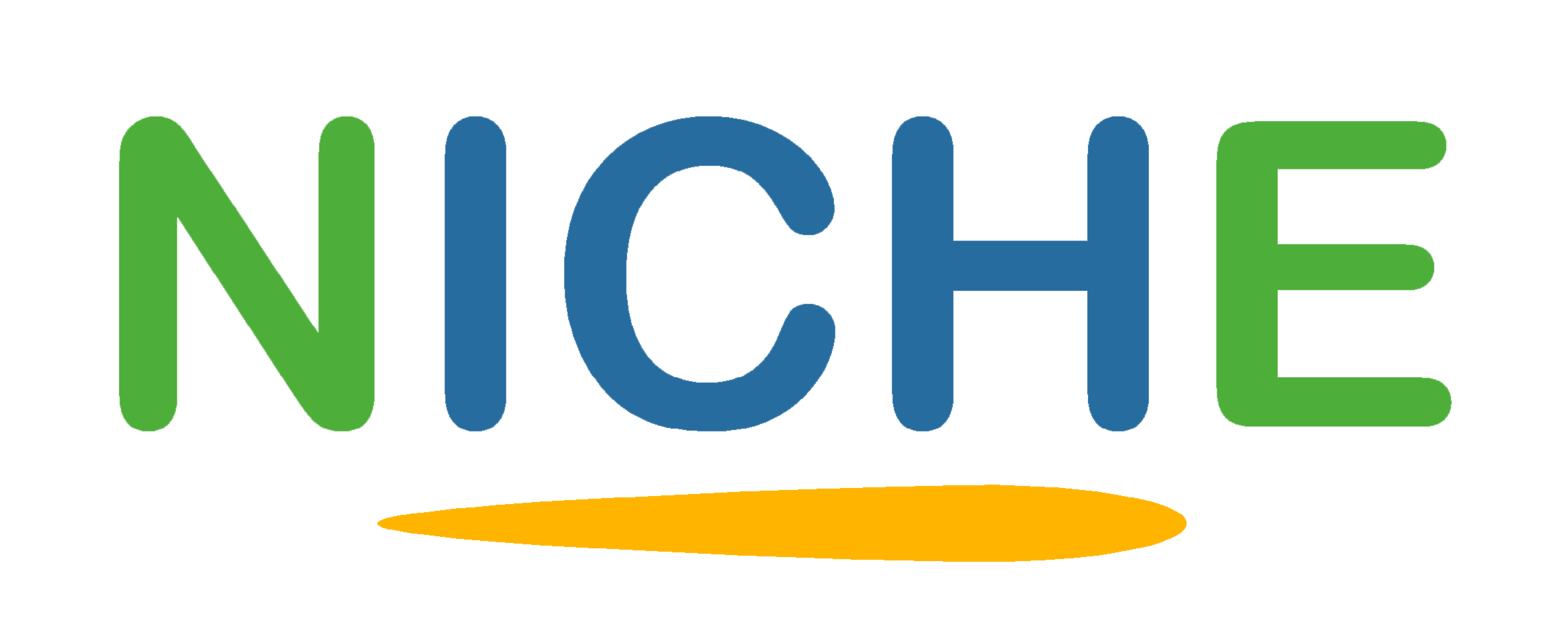


 Play Audio
Play Audio 

